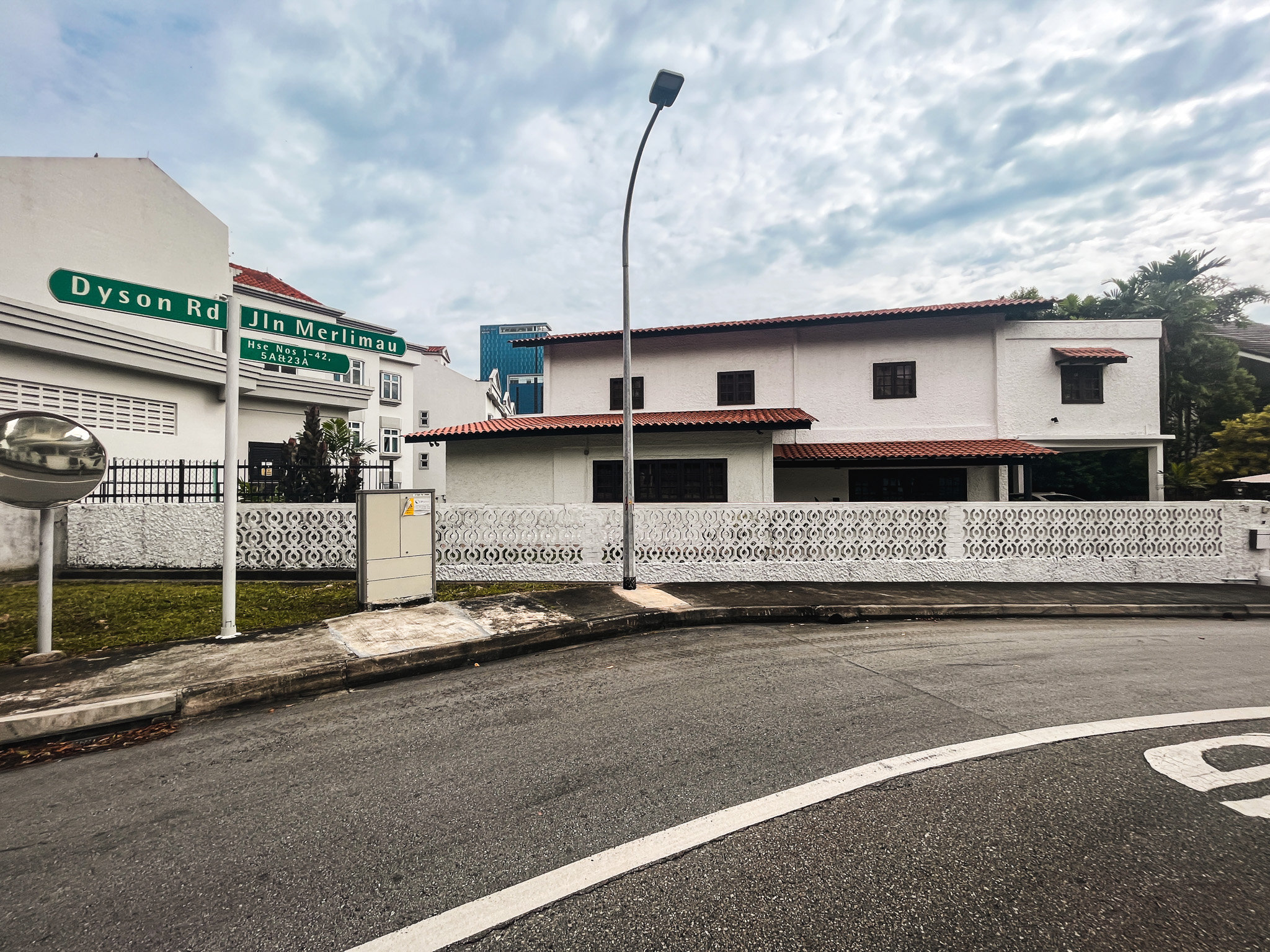This Homeowner Made $3.5 Million In 6 Months: Here Are The Biggest Property Flips Since 2006
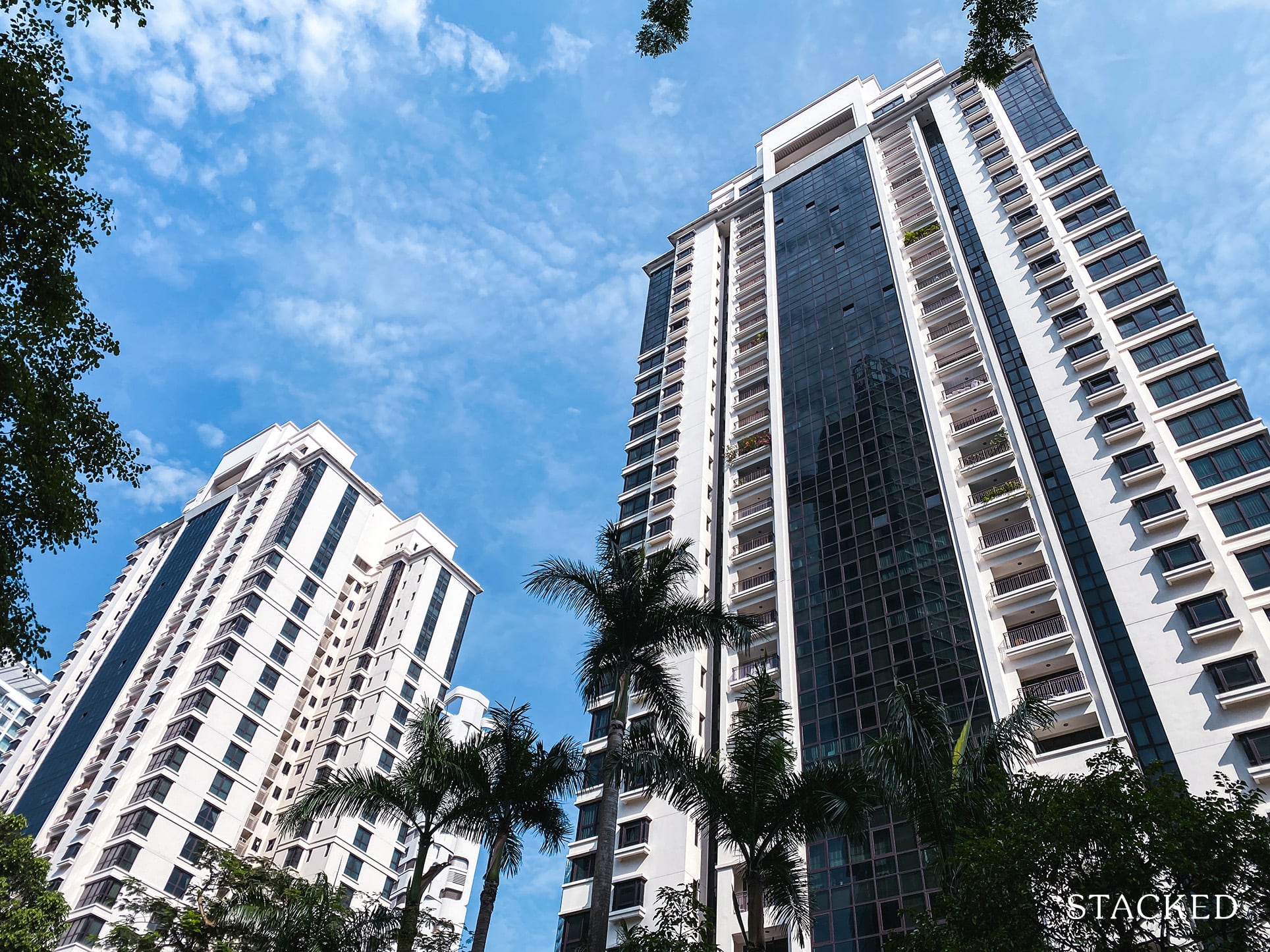
Get The Property Insights Serious Buyers Read First: Join 50,000+ readers who rely on our weekly breakdowns of Singapore’s property market.
A seasoned content strategist with over 17 years in the real estate and financial journalism sectors, Ryan has built a reputation for transforming complex industry jargon into accessible knowledge. With a track record of writing and editing for leading financial platforms and publications, Ryan's expertise has been recognised across various media outlets. His role as a former content editor for 99.co and a co-host for CNA 938's Open House programme underscores his commitment to providing valuable insights into the property market.
There’s an old saying that your holding power determines your gains, when it comes to real estate. And while that’s true in the conventional sense, there are some exceptions – within the prime central region, high-end condos were once flipped for remarkable profits, in a very short span of time.
For those old enough, those were the days when properties could be bought and sold within a day (here’s our previous piece on some crazy quick ones). Here are some of the top transactions where it happened, and a snapshot of how crazy things got:
Top 10 property gains within six months
| Project | Bought At | Sold At | Size (Sq Ft) | $PSF | Bought Date | Days Held | Tenure | Gain | ROI |
| THE OCEANFRONT @ SENTOSA COVE | $7,284,510 | $10,800,000 | 5985 | $1,217 | 7/8/06 | 184 | 99 yrs from 10/08/2005 | $3,515,490 | 48% |
| THE EDGE ON CAIRNHILL | $6,408,000 | $9,500,000 | 5673 | $1,130 | 8/1/07 | 150 | Freehold | $3,092,000 | 48% |
| THE TOMLINSON | $8,500,000 | $11,500,000 | 4833 | $1,759 | 30/1/07 | 136 | Freehold | $3,000,000 | 35% |
| BEAVERTON COURT | $5,280,000 | $7,800,000 | 9784 | $540 | 21/2/07 | 97 | Freehold | $2,520,000 | 48% |
| FOUR SEASONS PARK | $3,900,000 | $6,250,000 | 2260 | $1,725 | 13/2/07 | 160 | Freehold | $2,350,000 | 60% |
| ARDMORE PARK | $5,950,000 | $8,300,000 | 2885 | $2,063 | 26/2/07 | 156 | Freehold | $2,350,000 | 39% |
| ARDMORE PARK | $6,450,000 | $8,800,000 | 2885 | $2,236 | 22/5/09 | 145 | Freehold | $2,350,000 | 36% |
| URBAN SUITES | $8,809,400 | $10,892,716 | 3907 | $2,255 | 29/1/10 | 34 | Freehold | $2,083,316 | 24% |
| REGENCY PARK | $5,500,000 | $7,550,000 | 3649 | $1,507 | 1/3/07 | 181 | Freehold | $2,050,000 | 37% |
| MARINA BAY RESIDENCES | $4,465,827 | $2,046,173 | 2368 | $1,886 | 28/12/06 | 162 | 99 yrs from 11/10/2005 | $2,046,173 | 46% |
How did the above happen?
That being said, there are some observations about the others:
1. Flipping was, and remains, more common among upscale properties
Notice that all the properties involved are in the prime districts: 10, 9, and 4. This was because in 2006/7, when most of the flips occurred, Singapore’s luxury properties were the leading segment. Case in point, this article recollecting the 2007 peak.
Wealthy foreign investors are a bigger buyer demographic in the Core Central Region (CCR), compared to other parts of Singapore; and as there was no ABSD on foreigners in ‘07, large numbers of foreigners were parking their wealth in Singapore property, out of fears of overheating equities markets.

But even though things have changed in 2024, the tendency to house-flip remains a primarily central area phenomenon. Buyers in non-central regions are more likely to be pure home buyers, who only have one property; so they’re disinclined to sell and move so quickly (they’ve settled in, paid for extensive renovations, enrolled their children in the nearby schools, etc.)
In an area like Orchard or Sentosa, however, you’re more likely to find an owner who’s an investor I.e., it’s their second or subsequent property, and they don’t live in it. It’s much easier for this demographic to flip homes, as they usually have somewhere else to stay (and also because their prospective buyers tend to be less price sensitive).
More from Stacked
The Surprising Reasons Some Singaporean Buyers Are Choosing Smaller Condo Units (Even When They Can Afford More)
Whether it’s an HDB flat or a condo, the Singaporean mentality is to grab the biggest possible unit in budgetary…
2. Most of these flips occurred prior to a major market correction
Perhaps from this past event, we’ve learned to view rampant house-flipping as a red flag. The year after 2007, the Global Financial Crisis struck; and the luxury housing market was among the worst-hit segments. More than half of the 2,200 luxury units built between ‘06 and ‘09 remained unsold; and only about 4,400 transactions took place in 2008, versus a whopping 14,811 in ‘07.
This was not within our control, as a lot of it was due to the subprime mortgage crisis in the US. But for the local property scene, the sharp correction explains why we see few successful flips in the immediate aftermath of ‘06 and ‘07 – a reminder of how quickly the property market can turn.
3. The flips explain changes to the Deferred Payment Scheme (DPS)
Today, the Deferred Payment Scheme (DPS) is less common; where seen, it tends to apply only to completed projects. Only units that have received the Temporary Occupancy Permit (TOP) tend to offer this scheme.
DPS was introduced in 1997, to help alleviate the crash from the Asian Financial Crisis. Under the scheme, buyers pay only a portion of the property price at the start and then have 24 months to pay up the rest. During the 24 months, buyers are free to sell or rent out the unit (if it’s already completed).
Without the Sellers Stamp Duty (SSD), this led to buyers putting down a small down payment, and then having up to two years to find a buyer. They didn’t even pay any home loans during this period, thus making it extraordinarily safe to try and flip a property.
By the time the Government noticed how DPS was impacting the market, there were already rampant price increases.
Today, because a property must have its CSC before developers can offer DPS, the payment scheme is much less popular. New launch units are typically the cheapest in the earliest sale phases – so by the time a property receives its CSC, anyone buying under this scheme will be purchasing at peak prices.
4. With Additional Buyers Stamp Duty (ABSD) and Sellers Stamp Duty (SSD), we’re unlikely to see a similar bubble in future
The property bubble that formed in ‘07, and its sharp decline the year after, taught the Government that we can’t rely on free market forces alone. Cooling measures such as the Sellers Stamp Duty (SSD) were subsequently introduced to combat house flipping in 2010 and remain till today (although it’s a bit different now).
The SSD is 12 per cent of the property price in the first year, eight percent in the second year, and four per cent in the third year. This ensures that, even if someone wants to flip a property, they’re inclined to wait at least until the fourth year. This helps to prevent runaway prices, from investors rushing into an exuberant market.
There is also the Additional Buyers Stamp Duty (ABSD) to contend with, as it limits the number of properties buyers can buy.
Finally, when house flipping occurs today, it’s mostly new-to-sub sale transactions
This is quite different from the ‘07 era of rampant (and highly profitable) home flipping, where transactions were resale-to-resale. Today, the flip is almost always after buying at “early bird discounts” from developers; and the sale tends to occur after developers raise prices, before the unit is even completed.
Given the slew of measures taken to prevent it, the era of quick returns is most certainly over (barring a few outlying transactions).
For more unusual transactions and trends, follow us on Stacked. We’ll also provide you with reviews of new and resale properties alike. If you’d like to get in touch for a more in-depth consultation, you can do so here.
Ryan J. Ong
A seasoned content strategist with over 17 years in the real estate and financial journalism sectors, Ryan has built a reputation for transforming complex industry jargon into accessible knowledge. With a track record of writing and editing for leading financial platforms and publications, Ryan's expertise has been recognised across various media outlets. His role as a former content editor for 99.co and a co-host for CNA 938's Open House programme underscores his commitment to providing valuable insights into the property market.Read next from Property Market Commentary

Property Market Commentary When Renting In Singapore Is The Smarter Move — And Buying Can Wait

Property Market Commentary A Wave Of New HDB Resale Supply Is Coming In 2026: Here’s Where To Find Them
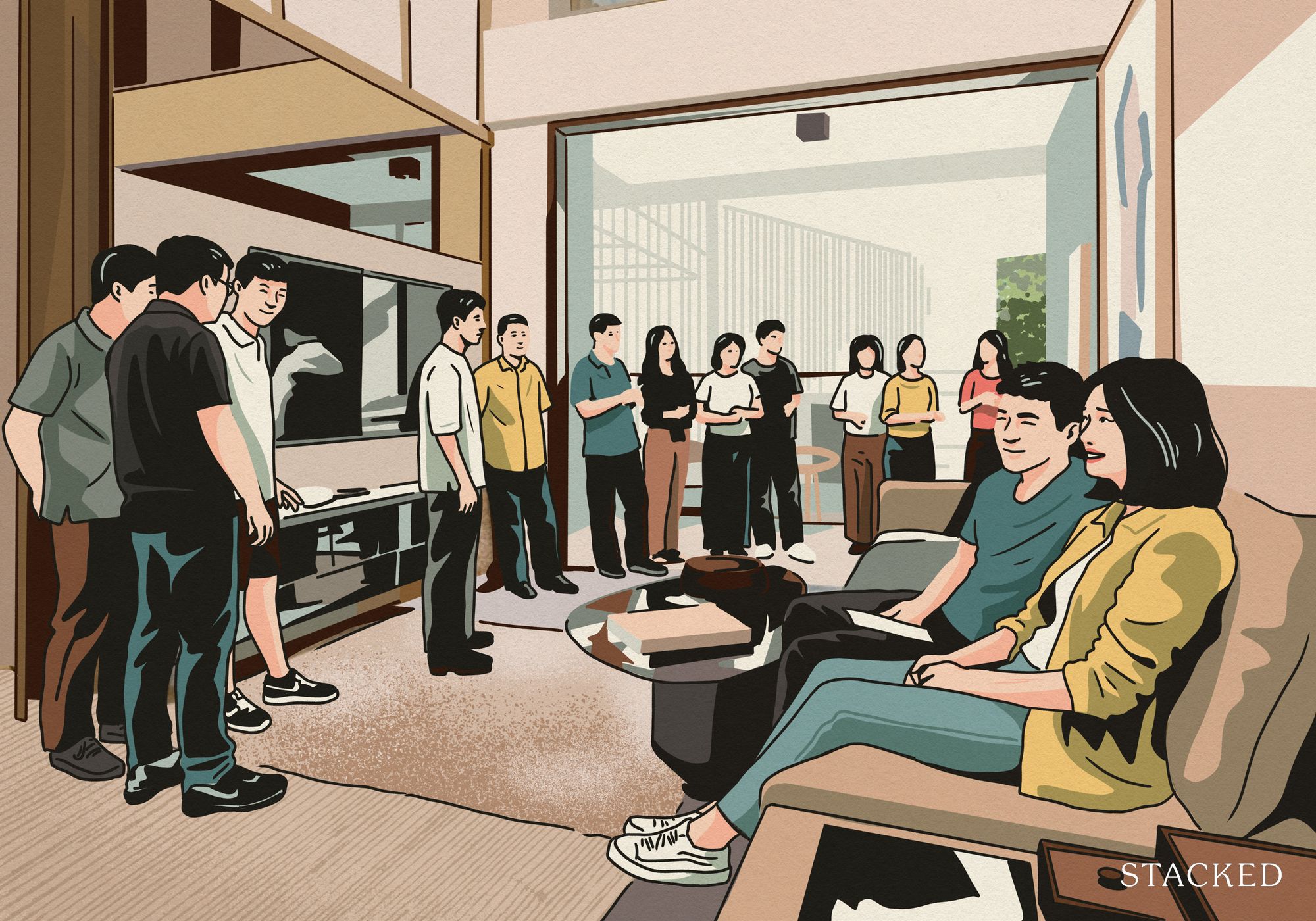
Property Market Commentary 5 Key Features Buyers Should Expect in 2026 New Launch Condos
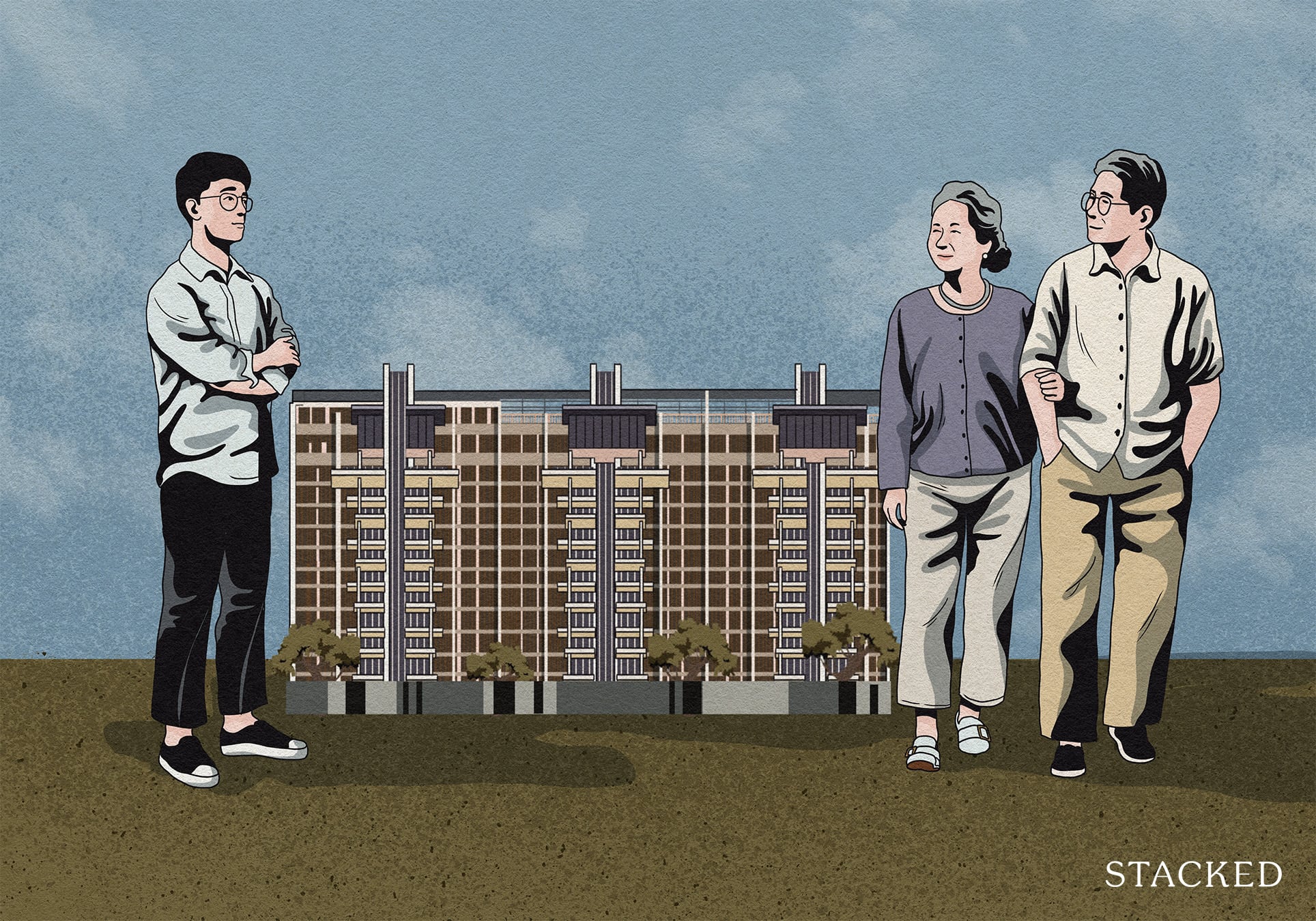
Property Market Commentary What “Lucky” Singaporean Homebuyers Used To Get Away With — That You Can’t Today
Latest Posts

On The Market Here Are The Cheapest 4-Room HDB Flats in Central Singapore You Can Still Buy From $490K

Editor's Pick Should We Buy An Old 99-Year Leasehold Condo To Live In: Will It’s Value Fall When The Lease Runs Out?

Pro How A Once “Ulu” Condo Launched In 1997 Became A Top Performer

Editor's Pick I Reviewed A New Launch 4-Bedroom Penthouse At Beauty World

Editor's Pick Why Singaporean Families Are Looking At This Landed Enclave From Around $4M

Singapore Property News Lentor’s First Condo Is Complete — The Early Profits May Surprise You

Property Advice We Own A $800K 1-Bedder And A $1.1M 3-Bedder: Is It Possible To Upgrade To A 4-Bedder Condo?

On The Market These Are Some Of The Cheapest 5-Room HDB Flats Left In Central Singapore

Pro This 698-Unit Ang Mo Kio Condo Launched At The Wrong Time — And Still Outperformed Peers
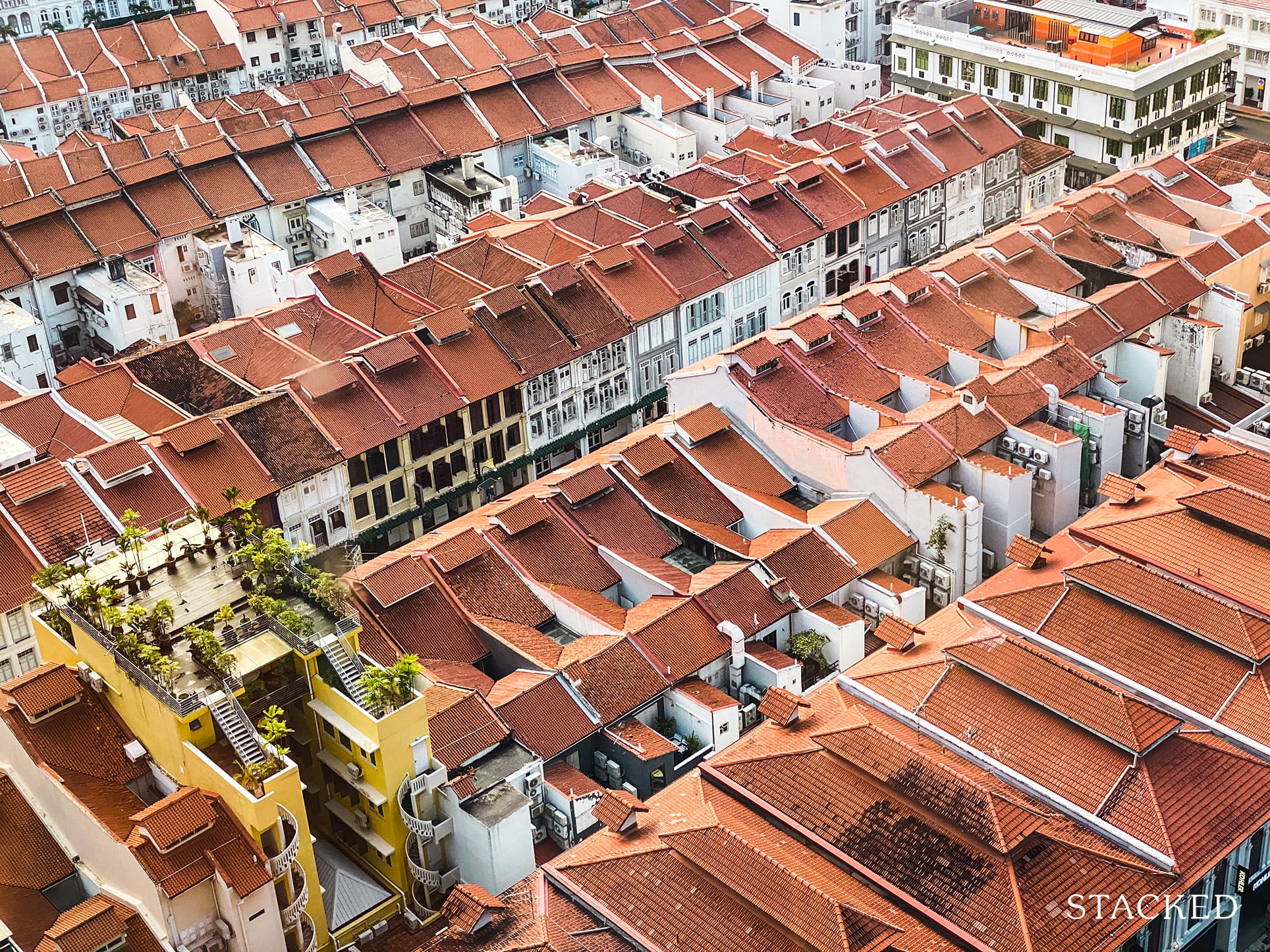
Singapore Property News $281.2M in Singapore Shophouse Deals in 2H2025 — But That Number Doesn’t Tell the Full Story

Property Investment Insights These Resale Condos In Singapore Were The Top Performers In 2025 — And Not All Were Obvious Winners

Singapore Property News CapitaLand–UOL’s $1.5 Billion Hougang Central Bid May Put Future Prices Above $2,500 PSF
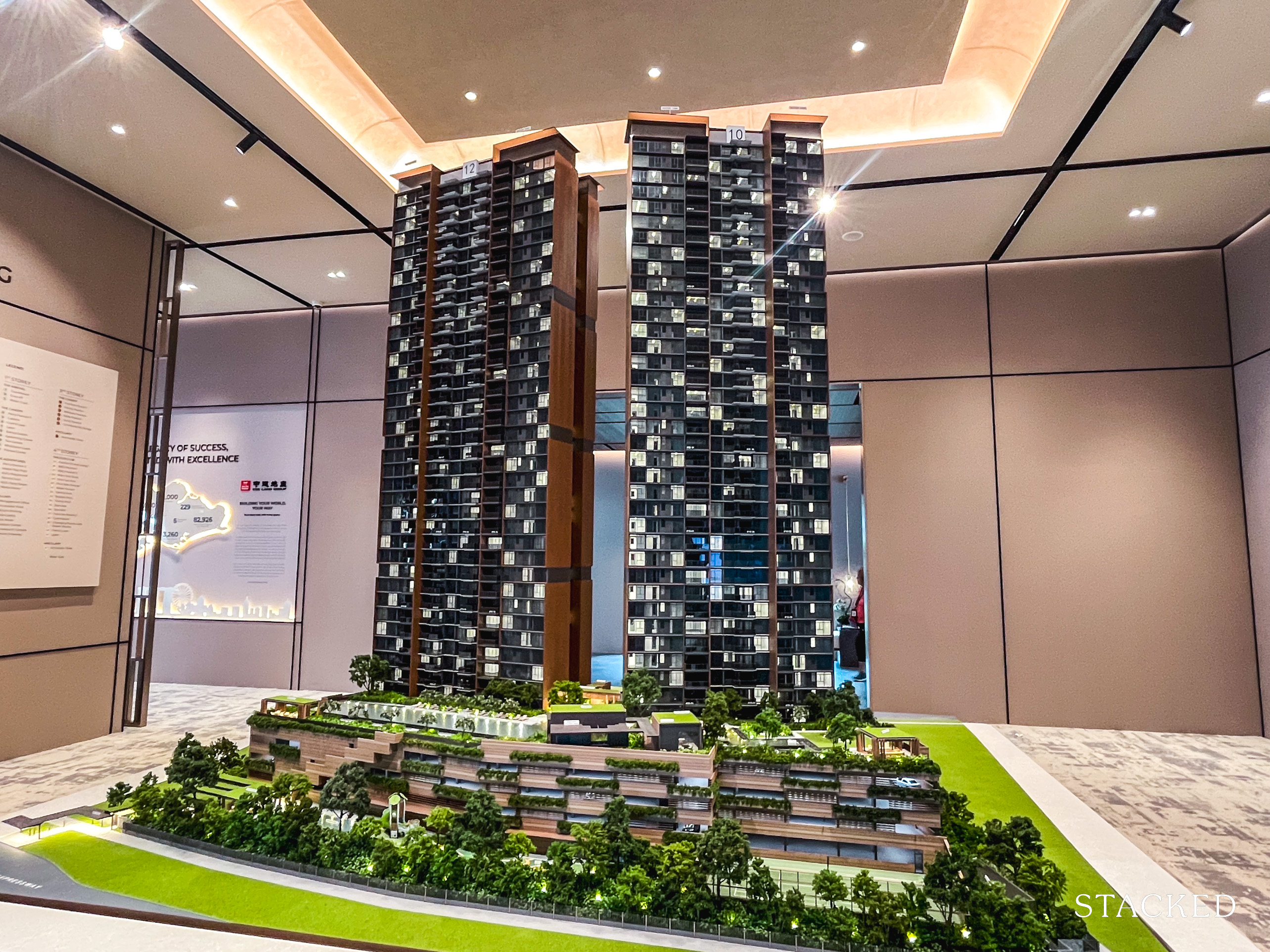
Singapore Property News Why New Condo Sales Fell 87% In November (And Why It’s Not a Red Flag)

Pro How A 944-Unit Mega-Condo In Pasir Ris Ended Up Beating The Market
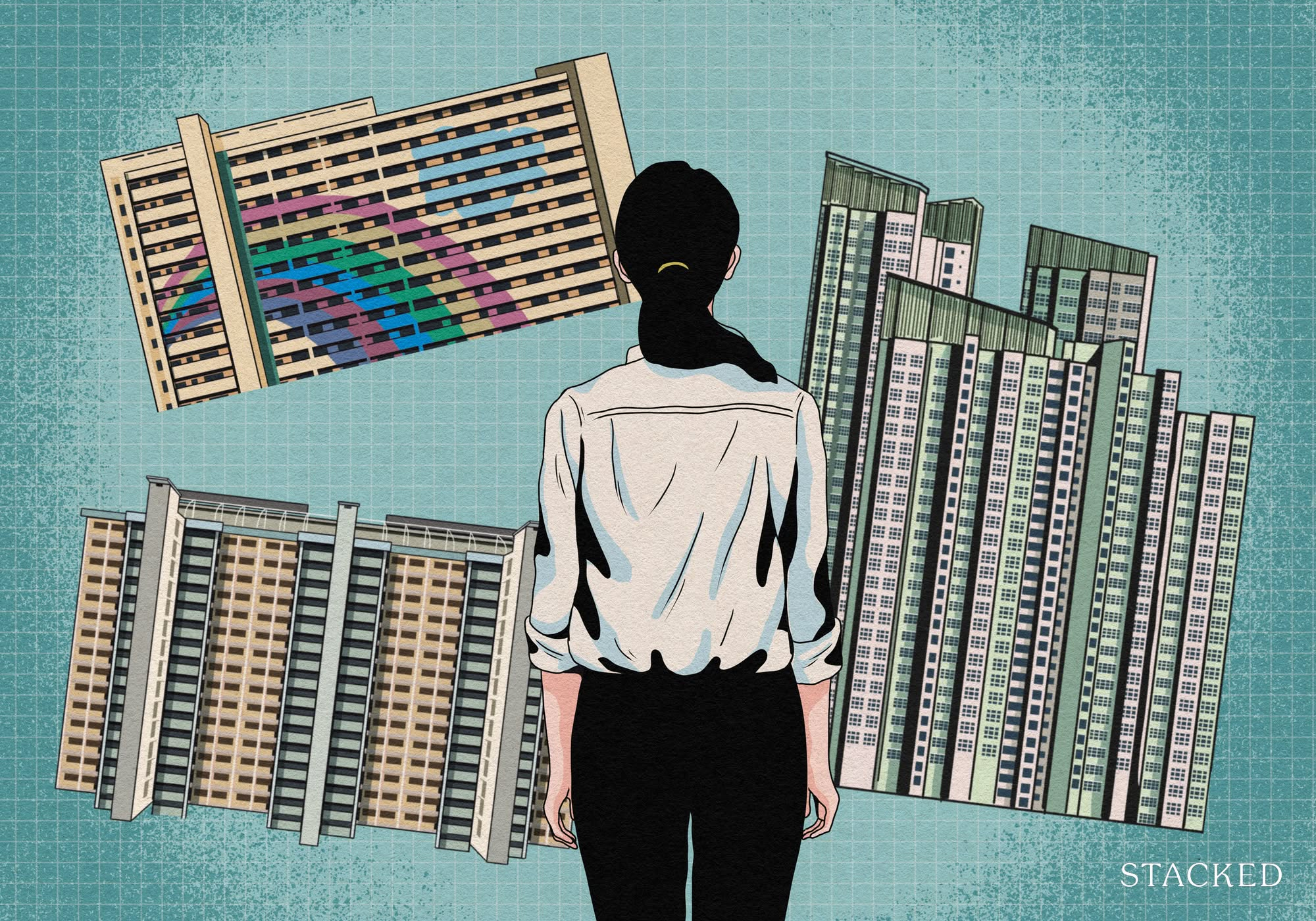
Property Investment Insights What Changed In Singapore’s Property Market In 2025 — And Why It Matters
